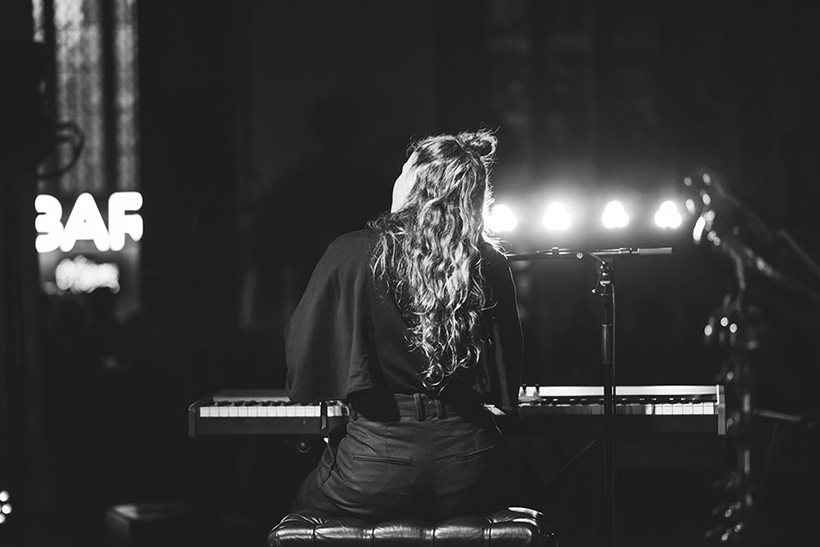As a professional photographer it’s vital to have a defined style and signature look. This style represents your business, and people hire you for your expertise based on your look and style. As a hobbyist it is less vital that you have a defined signature look. However, it can greatly help you progress and boost your confidence if you do develop and find your own style. Who knows, it could even turn your hobby into a profession one day if that’s your ambition!
Creating a style doesn’t happen overnight, and you’ll have to go on a journey. Some will arrive at their final destination quicker, whereas for others it will take longer. There is no right or wrong timeline here. Many factors will play a part, from how much experience you have to the type of person you are. Claire Gillo explains how you can find your own style and talks about her own journey to her own photography’s signature look.
Welcome to the AP Improve Your Photography Series – in partnership with MPB – This series is designed to take you from the beginnings of photography, introduce different shooting skills and styles, and teach you how to grow as a photographer, so you can enjoy producing amazing photography (and video), to take you to the next level, whether that’s making money or simply mastering your art form.

Each week you’ll find a new article so make sure to come back to continue your journey, and have fun along the way, creating great images. If you’ve found these articles helpful, don’t forget to share them with people you know who may be interested in learning new photography skills. You’ll find a whole range of further articles in this series.
Finding your own style and look in photography is like finding the right style of clothing for yourself. You have to try on and wear a lot of clothes before you find the ones that make you feel comfortable, match your personality type and fit your body shape. Photography is exactly the same. It takes time to find what works for you and how you feel comfortable shooting. You’ll have to do lots of experimenting so don’t be disheartened if it doesn’t happen overnight.
Also remember that your style and look is ever evolving. Back to the clothes analogy, remember those flares in the 70s or those shoulder pads you thought were so trendy in the 80s?! Some fashions don’t age so well, whereas others make a comeback! Generally, though everything is an evolution (even the comebacks to a degree) so keep that in mind with your photography too.
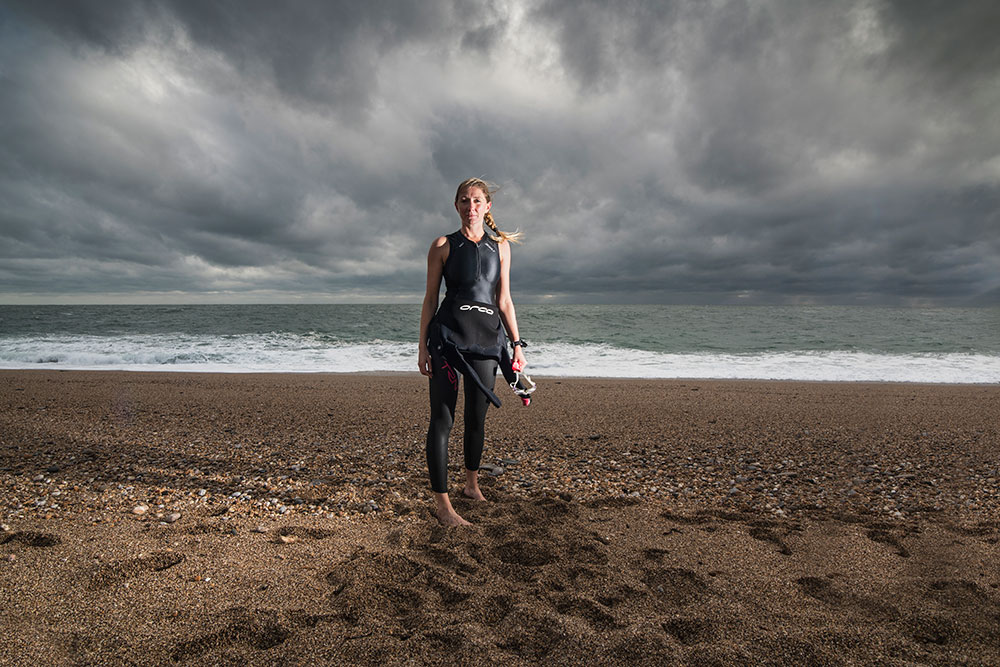
How you approach, light and stylise your images will help you define your signature look. Photo credit: Claire Gillo.
Style of shooting and style of editing
In your photography practice there are two areas that will help you define your style and signature look. The first is your style of shooting and how you approach and photograph your subject and the second is your style of editing, and what postproduction effects you add to your images after.
Style of shooting
There are many different ways you can shoot a subject. For example, some photographers like to approach in a more natural and organic way, whereas others like to stage their subject in a more formal setting. Neither way is wrong nor right but your style of shooting will be defined by the decisions you are making here.
For example, if I am shooting an event part of my style is to open up the aperture on my lens to a wide setting and to blur the foreground and background whilst keeping the subject sharp. By doing this I am revealing more in the scene and helping to tell the story of my subject. Another photographer though may prefer to use a narrower aperture setting or zoom in much closer to the subject. Again, neither is right nor wrong but the different styles will appeal to different audiences.
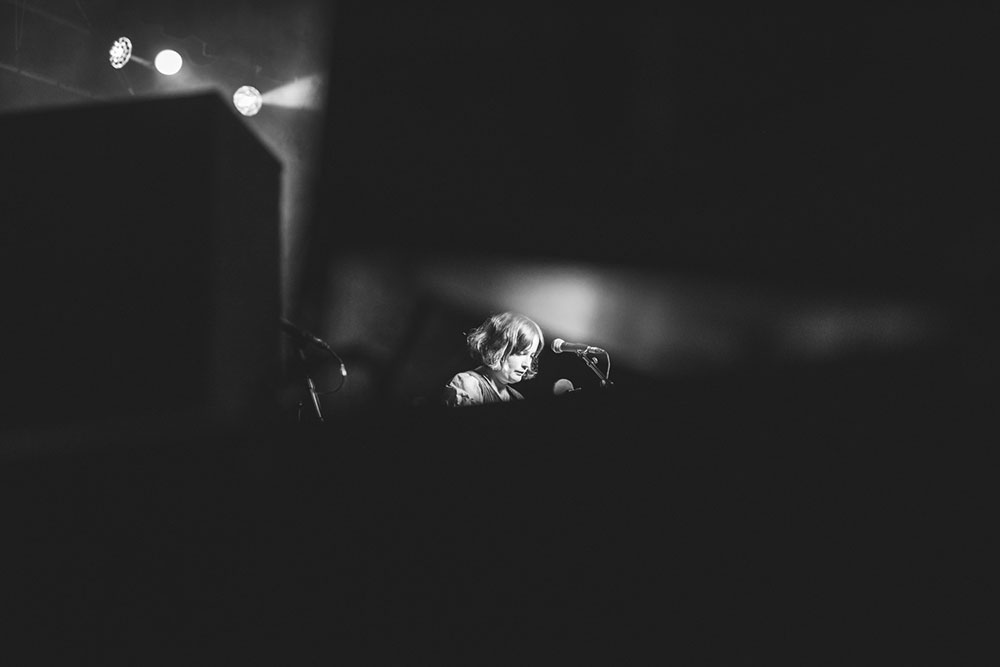
How you approach your subject will define your style of shooting. This image was taken for Sea Change and shows singer Katy J Pearson. Photo credit: Claire Gillo.
Style of editing
Your style of editing and how you present your images will also help you set your signature look. For example, photographers Jonathan Chritchley and Lea Tippett predominantly shoot their landscape images in a square format. This approach gives them a signature style and separates them from other landscape photographers. Jonathan also predominantly shoots in monochrome as well again adding to his signature look and style.
Look at the example here. One side has been heavily edited whilst the other has had a light edit. For some they will prefer the more stylised edit whereas others will not. Again, there is no right or wrong way but how you edit will define your look and will influence who you appeal to.
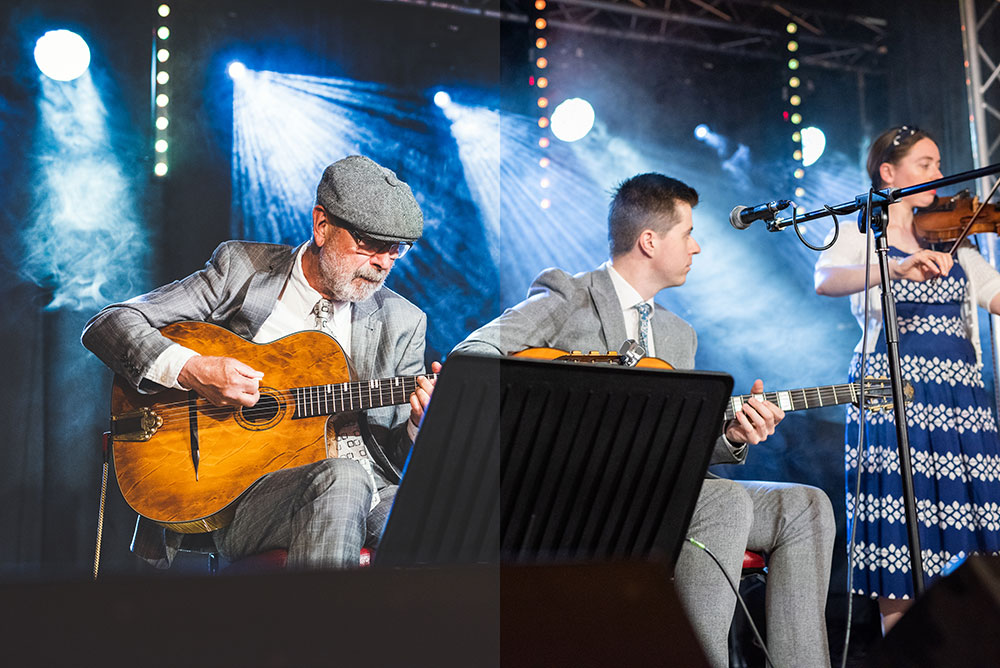
How you edit your images will define your signature look and style. Photo credit: Claire Gillo.
Inspiration and influences
Although it’s good to develop your own style at your own pace you can get help and inspiration along the way by learning from others. Remember you don’t want to imitate another photographer directly, but instead draw inspiration from them. You can then develop that inspiration into your own practice and add your own creative spin.
For example, I have been influenced and inspired by many photographers throughout my career. My friend Maarten Mellemans is just one of these photographers, as I love his ability to tell a story through his images.
When I was developing my own practise this is something that I wanted my style to include. I also really love the work of Lily Bungay, and her editing style and approach to wedding photography. Food and product photographer Dina Belenko is another great inspiration, and the creative approach she takes to her subjects is incredibly inspiring.
If you look at all of their work and their signature styles my work is somewhat a blend of the three of them with my own twist at the end. We all inspire each other, and we all influence each other’s styles. Remember it’s ok to be influenced and to draw inspiration but just don’t imitate directly. Your photography needs to have its own uniqueness that represents you.
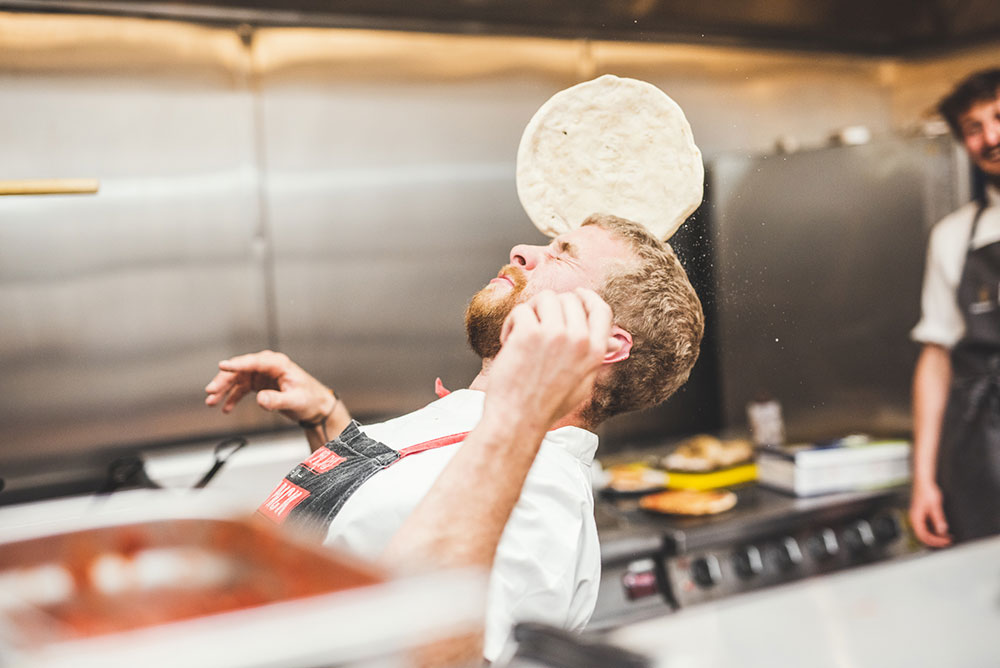
Draw inspiration from others however be careful not to fully imitate what they do. Photo credit: Claire Gillo.
Trends and fashion – how will your style and signature look age?
Remember that heavy HDR? Let’s be honest, it hasn’t aged very well when used heavily although a more subtle touch is fine. When thinking about your style of photography think how it will look in two, five or even ten years’ time. Whilst some trends age better than others, you don’t want to look back at your work and think: that looks awful!
I’m still wary of using that popular retro Instagram filter style too heavily. Whilst a touch of them can add a nice tone I don’t want to look back in years to come and think those images didn’t age very well!
It’s inevitable that at some point we will get caught up in the latest trends of the photography world. Ultimately, they influence us and the market around us however it’s important when trying new techniques or styles to keep your own identity at the same time.
Many famous photographers who are amazing at what they do. This is partly because their work has stood the test of time. Look at Annie Leibovitz, for example, the portraits she shot back in the 80s don’t look out of place today. Or Steve McCurry. His images from the 90s are still greatly admired today and don’t look out of place amongst his later portraits.
Let it grow
If you’re just starting out or are still unsure what genre to shoot you need to give yourself time to keep experimenting.
I am a photographer who has taken a while to find my own style and signature look. It wasn’t until I had my own freelance business four years ago that I found it. I worked for a number of years across many different photography magazines and part of my job was to shoot many different genres in many different styles. This experience gave me the chance to greatly experiment with what I liked and didn’t like.
I realised along the way I prefer my images to have a more organic feel and to be less staged. It took me a while to grow the confidence to shoot events (when I was starting out, pointing a camera in someone’s face terrified me). Now I enjoy looking for those interacting moments between people in the scene and finding a different angle to shoot from. All these things help define my style of photography.

I like my images to have a more organic look and feel. Dancer: Lydia Brayshaw. Photo credit: Claire Gillo.
Admit when you’re not good at something
It can be hard to say ‘I’m no good at that’ but sometimes you need to do so in order to play to your strengths.
Quite early on in my career it was clear I wasn’t going to be a David Clapp, Verity Milligan or Joe Cornish of the photography world. As great as these photographers are, and I admire them all, I definitely don’t have the same passion for the landscape genre as they do, and my style of photography is just different to theirs.
I tried quite a few times to get up at ridiculous o’clock and hunt for the perfect weather conditions and landscape setting but however hard I tried it just didn’t come together. I still love landscape photography and I love being in the landscape setting, but I am not ever going to be a great classic landscape photographer.
Admittedly you can get better at anything if you practice. However, I know it’s not where my strengths lie and it’s not in this area. Admitting this enabled me to concentrate on what I was naturally much better at and develop that side of my photography practice.
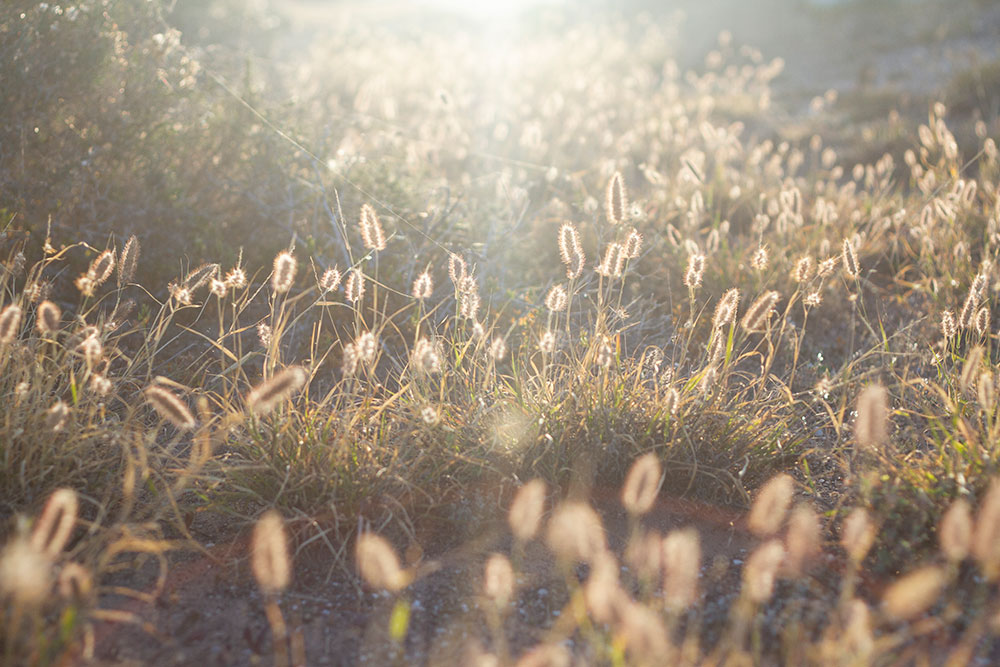
My style of landscape shooting is different to the more traditional wider approach. Photo credit: Claire Gillo.
Conclusion
- Be true to yourself
- Admit when you can’t do something well
- Don’t let the latest fashions influence you too much
- Love what you do!

Make sure you are true to yourself and love what you do then the rest will fall into place. Photo credit: Claire Gillo.
Related articles:
Fine art photography and how to do it
How to get started in film photography
Tune in next week, for the next article in the series of the AP Improve Your Photography Series – in partnership with MPB.
- Part 1: Beginners guide to different camera types.
- Part 2: Beginners guide to different lens types.
- Part 3: Beginners guide to using a camera taking photos.
- Part 4: Beginners guide to Exposure, aperture, shutter, ISO, and metering.
- Part 5: Understanding white balance settings and colour
- Part 6: 10 essential cameras accessories for beginners
- Part 7: Beginners guide to the Art of photography and composition
- Part 8: Beginners guide to Photoshop Elements and editing photos
- Part 9: Beginners guide to Portrait Photography
- Part 10: Beginners guide to Macro Photography
- Part 11: Beginners guide to Street Photography
- Part 12: Beginners guide to Landscape Photography
- Part 13: How to shoot Action and Sports Photography
- Part 14: How to shoot wildlife photography
- Part 15: Raw vs JPEG – Pros and cons
- Part 16: How to create stunning black and white images
- Part 17: How to photograph events and music
- Part 18: Pet photography – how to photograph pets
- Part 19: The ultimate guide to flash photography
- Part 20: The ultimate guide to tripods
- Part 21: Create awesome photos with light painting
- Part 22: Beginners guide to file and photo management
- Part 23: How to shoot food photography
- Part 24: Complete guide to outdoor light
- Part 25: Top tips for stunning car photography
- Part 26: How to master waterfall photography
- Part 27: How to use social media as a photographer
- Part 28: How to get started in film photography
- Part 29: How to connect your camera to your phone
- Part 30: How to make a great video recording with your camera
- Part 31: Why you should join an online community
- Part 32: Find the best online website to share and sell your photos
- Part 33: How to photograph weddings – our guide to wedding photography
- Part 34: How to find joy and inspiration in photography
- Part 35: How to shoot like a fashion photographer
- Part 36: How to shoot in low-light
- Part 37: How to photograph jewellery and other small items
- Part 38: Fine art photography and how to do it
- Part 39: How to find your own style
Find the latest Improve Your Photography articles here.

